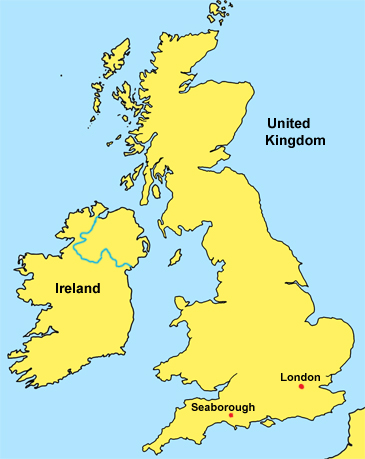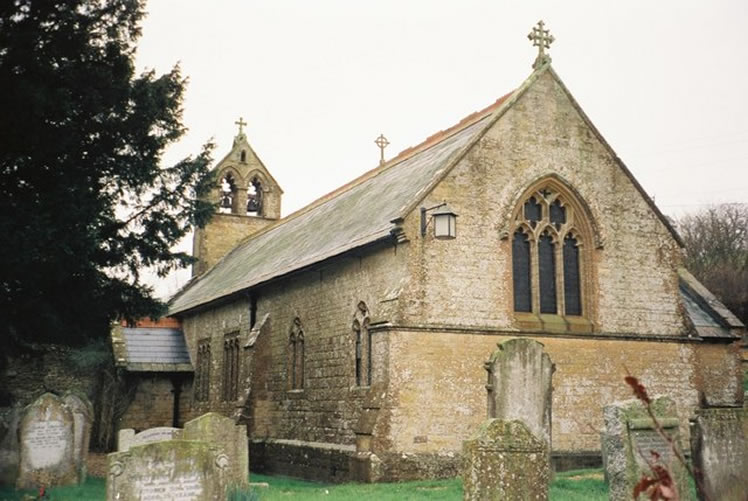 Chris Korte's New Zealand Genealogy Project
Chris Korte's New Zealand Genealogy Project
Seaborough, Somerset, England
About page
This page has information about Seaborough in Somerset, England. Oliver Cooke Spurdle (1833-1911) and his parents were born in the village of Seaborough. They moved to New Zealand in 1841. The book Spurdle Heritage has descriptions of Seaborough and reports of visits by New Zealand family members.
If you can provide additional information, or corrections, please contact (see Info menu).
Seaborough
Seaborough is a small village on the Dorset and Somerset border, England. Seaborough was in the County of Somerset until 1896 when it was transferred into the County of Dorset. The parish originally consisted of one farm and had an area of 585 acres (237 ha).
The small Hamlet of Seaborough had an estimated population of 60 in 2013 and consists of some 24 dwellings and 4 farms situated on the South side of Seaborough Hill between Crewkerne and Broadwindsor.

19th Century Seaborough
1841 Census - In the 1841 Census there were 18 inhabited houses and 84 people living in Seaborough. Occupations included: farmer (2), dairyman (2), shepherd, agricultural labourer (13), shoemaker, milliner and clergyman. In the 1851 Census the population had increased to 104 people. John Stevens was recorded as a farmer of 670 acres employing 37 labourers, 25 men, 8 boys and 4 women. He employed William Spurdle and Jonathan Sibley, both agricultural labourers and grandparents of Oliver Cooke Spurdle.
The following description of the parish and village was given in The National Gazetteer of Great Britain and Ireland (1868).
SEABOROUGH, a parish in the hundred of Crewkerne, county Somerset, 3 miles S.W. of Crewkerne, its post town. The parish, which is of small extent and wholly agricultural, is situated on the river Axe. The land is divided between arable and pasture, with about 15 acres of garden and orchard grounds. The tithes have been commuted for a rent-charge of £130, and the glebe comprises 28 acres. The living is a rectory in the diocese of Bath and Wells, value £150. The church, erected in 1729, has a tower containing two bells. The register dates from 1662. The parochial charities produce about £4 per annum. There are day and Sunday schools adjoining the church.
St Johns Church

St. Johns Church, Seaborough
Photo by Chris Downer and licensed for reuse under this Creative Commons Licence
A church building, in one form or another, has stood on the site of the present St Johns since 1415 when land was gifted by John Golde during the reign of Henry V for the building. The donor of the land was a direct descendent of an earlier John Golde (or Gole) who distinguished himself at the Siege of Damietta in 1219 during the 5th Crusade to the Holy Land. On his return to England, and in recognition of his service, he was granted an estate at Seaborough in 1229 by the descendant of the Norman Knight whose forebears' military service commitment he had been nominated to fulfil and duly discharged during the Crusade. The Church contains a rare early stone effigy of a 13th Century Crusader which is believed to be, and almost certainly is, that of John Golde.
Major alterations to the Church building occurred in 1728 and 1882. Seaborough's name in Anglo-Saxon times was Seveberge and was listed as such in 1085 in William the Conqueror's Domesday Book.
Page last updated on 28 July 2018.







